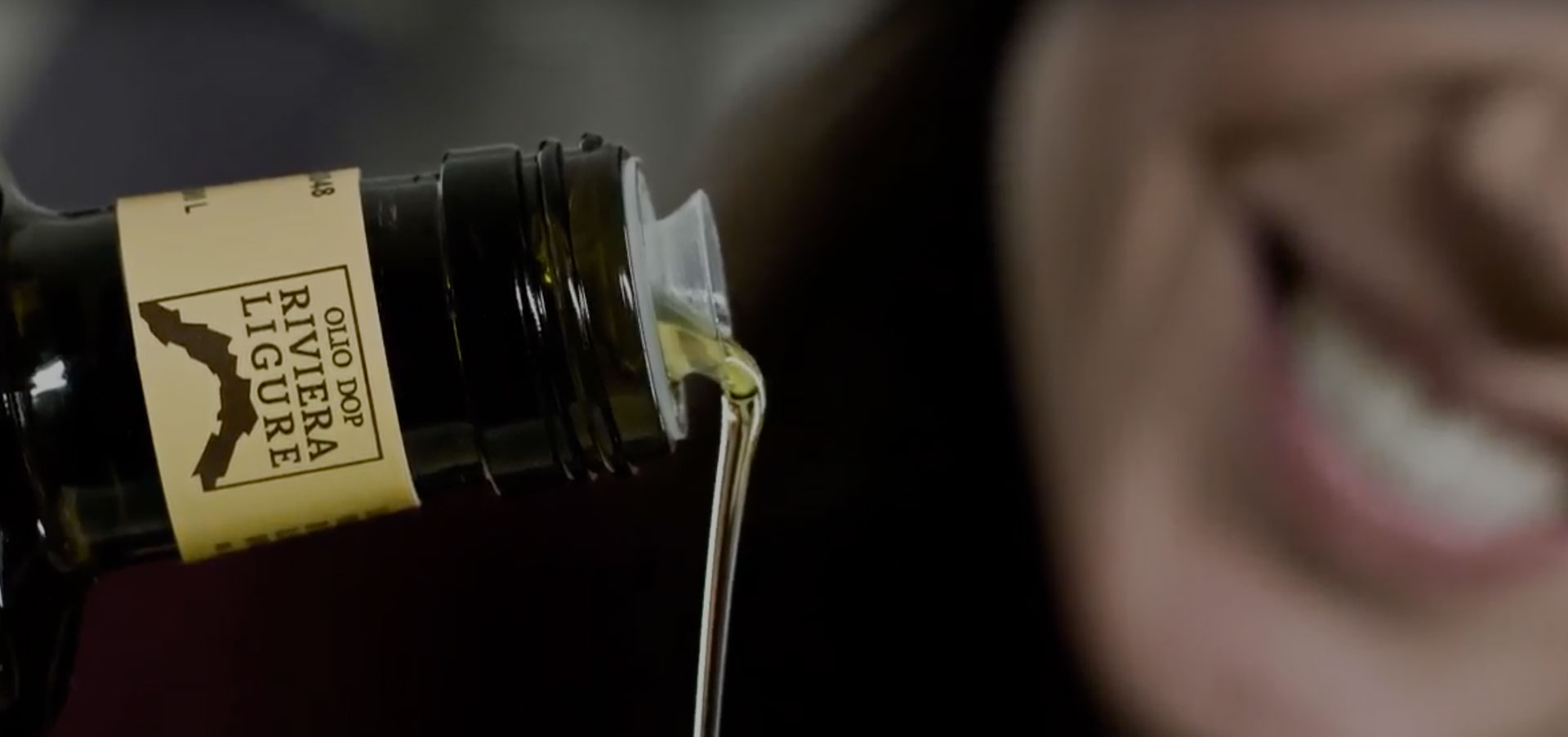
We are in our tenth year of running our olive grove, 145 Taggiasca olive trees, in Liguria. During this period, we have not harvested only on one occasion – last year.
Data feature in a specific chart, complete with every detail on cultivation operations and the production costs of Riviera Ligure DOP extra virgin olive oil bottled under the consortium brand and used in promotional activities.
Terracing in Lucinasco, where all olive groves are cultivated, represents the Ligurian context: slopes, dry-stone walls and limited space. However, careful trimming of the trees, production and maintenance pruning, fertilisation and care have yielded remarkable results over the years. In fact, despite alternating production over two biennial phases, the 145 olive trees have produced a considerable average of 1,720.20 kg of olives per year for an average yield of 334.25 kg of oil or 364.79 litres of extra virgin Riviera Ligure DOP.
Objectives include experimenting with integrated oil fly control, precision agriculture, and protection against climate change.
A challenging path that calls for collaboration between institutions, research, universities, and companies.
However, this year’s figures are remarkable. 1677 kg of olives, and 386 kg of oil (or 421.4 litres). The 23 % average yield is in line with mid-November, after the expected rains, the first rains of 2022. This phenomenon may have reduced the average yield, but the risk of a hint of dryness or woodiness has been eliminated.
The Protection Consortium runs the olive grove like a member of the consortium: the track of the olives is fully traced, and so are payments. The organoleptic and chemical examination of the batch as well as the analysis of its traceability is the task of the certification body in charge of control. Certification represents the added value of PDO/PGI products by guaranteeing the consumer about the origin, traceability and organoleptic characteristics.
“We are facing challenges that put the entire sector linked to local production at risk. Parasitic and environmental causes are increasingly reducing production. We must react by ‘sharing’ cultivation and management issues between research bodies, universities and institutions and the fundamental transfer of technical and scientific knowledge to olive growers for phytosanitary defence,’ says Carlo Siffredi, President of the Consorzio di Tutela olio extravergine Riviera Ligure DOP.
Statistics of the Ligurian Riviera Olive Grove 2023 with averages (in italian)


















